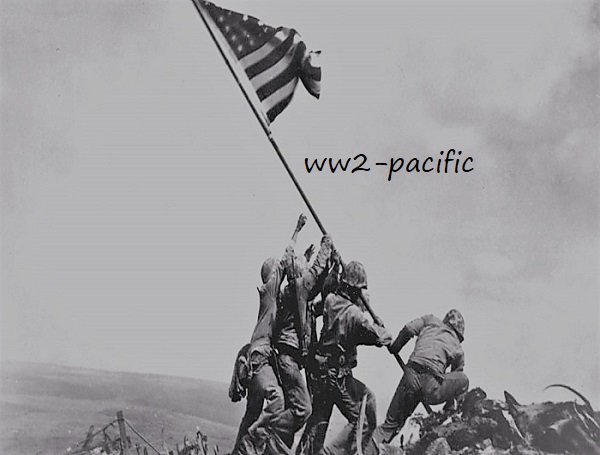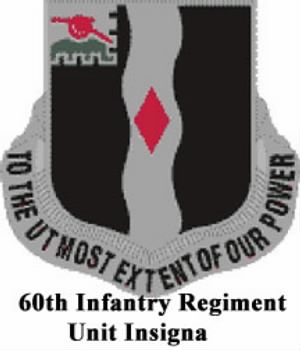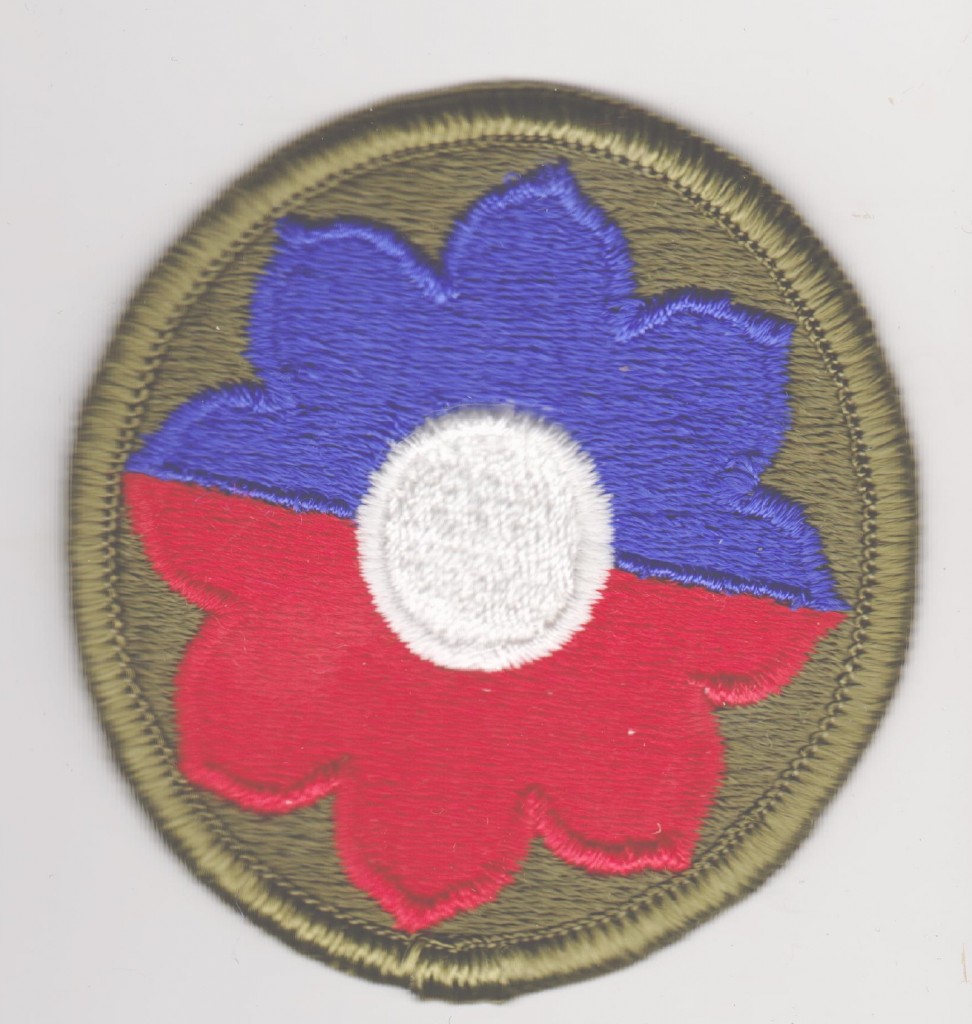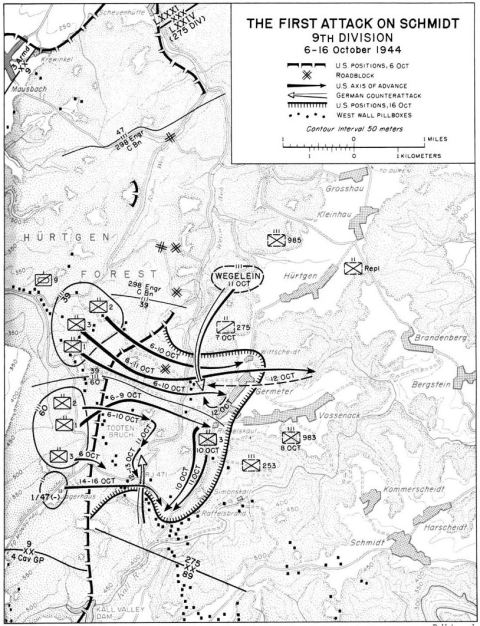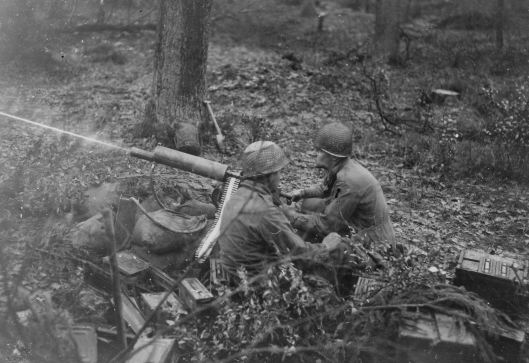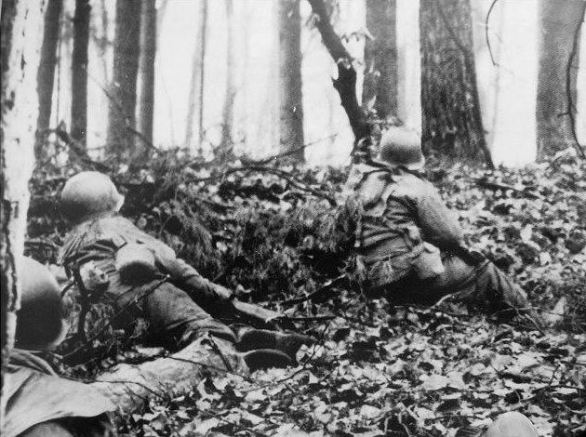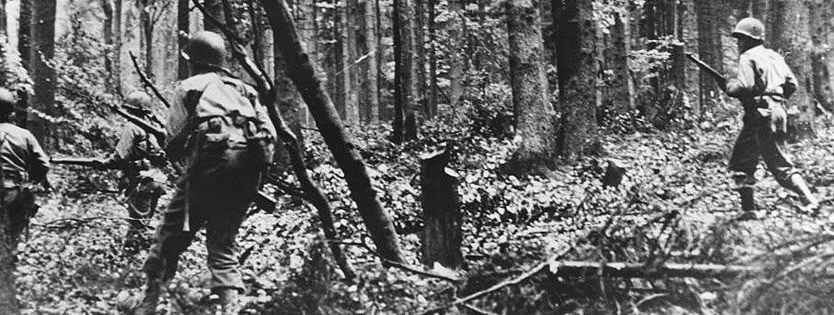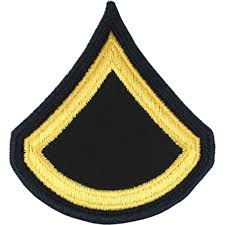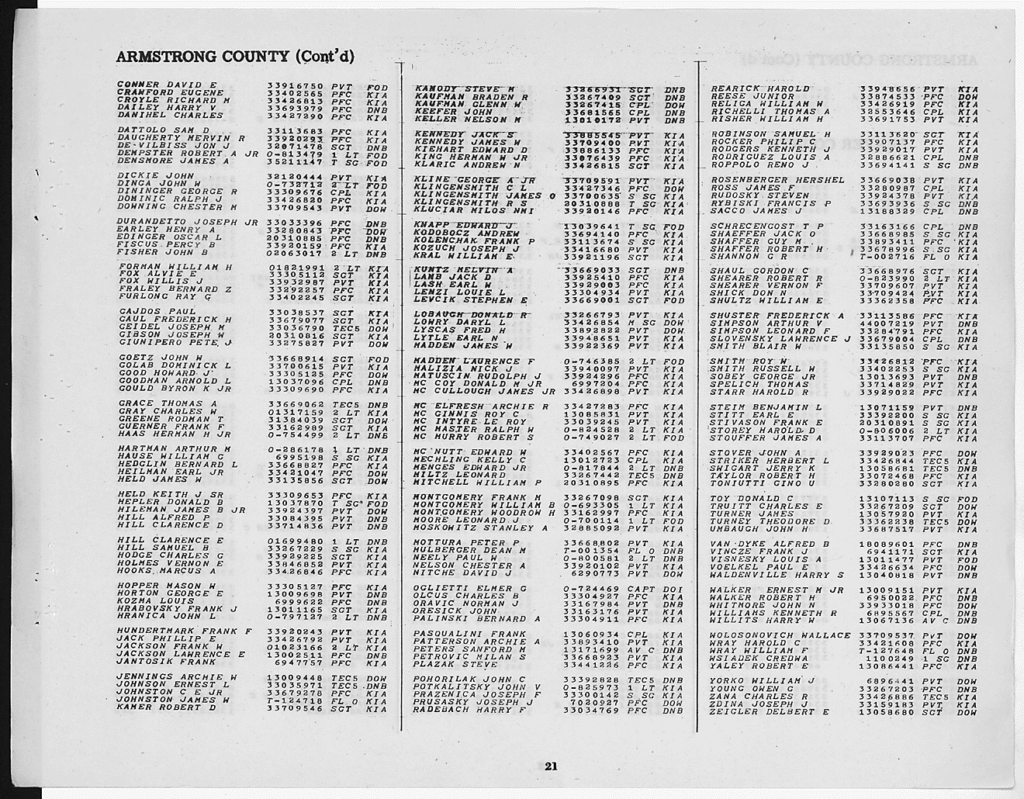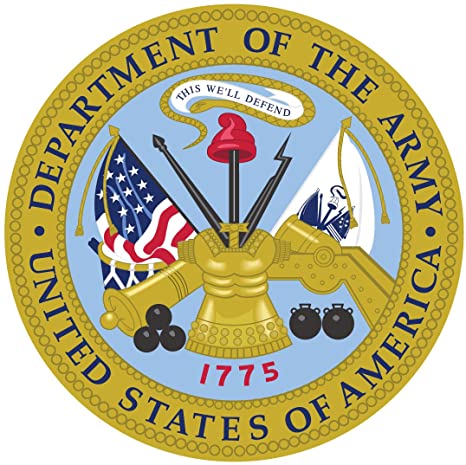Name and Rank, Pfc Kenneth John Rodgers.
Unit/Placed in, 60th Infantry Regiment (A-Comp, 1st Battalion), 9th Infantry Division.
Kenneth was born on Oct. 12, 1911 in Sugarcreek Township, Armstrong County, Pennsylvania.
Father, John Banks Rodgers.
Mother, Mary Edith (Allot) Rodgers.
Sister(s), Hazel Edith and Elanor M. Rodgers.
Brother, Robert Alexander Rodgers.
Spouse, Jennie Elizabeth (Nulph) Rodgers.
Son, Joseph Allen Rodgers.
Kenneth enlisted the army at New Cumberland, Pennsylvania on Mar. 29, 1944, with # 33929017.
Kenneth J. Rodgers was a Pfc in the 60th Infantry regiment.
Kenneth was KIA in fights over the Battle for Hürtgen Forest, on Oct. 16, 1944, and he is honored with a Purple Heart, Good Combat Ribbon, Good Conduct Medal, American Campaign Medal, European-African-Middle Eastern Campaign Medal, WW II Victory Medal.
Kenneth is buried at Lawn Haven Buria Estates, Worthington, Armstrong County, Pennsylvania.
Thanks to http://9thinfantrydivision.net/
https://www.familysearch.org/tree/person/details/M7TR-BQS
Jean Louis Vijgen, ww2-Pacific.com ww2-europe.com
Air Force Info, Rolland Swank.
ABMC Website, https://abmc.gov
Marines Info, https://missingmarines.com/ Geoffrey Roecker
Seabees History Bob Smith https://seabeehf.org/
Navy Info, http://navylog.navymemorial.org
POW Info, http://www.mansell.com Dwight Rider and Wes injerd.
Philippine Info, http://www.philippine-scouts.org/ Robert Capistrano
Navy Seal Memorial, http://www.navysealmemorials.com
Family Info, https://www.familysearch.org
WW2 Info, https://www.pacificwrecks.com/
Medals Info, https://www.honorstates.org
Medals Forum, https://www.usmilitariaforum.com/
Find a Grave, https://www.findagrave.com
Tank Destroyers, http://www.bensavelkoul.nl/
WordPress en/of Wooncommerce oplossingen, https://www.siteklusjes.nl/
Military Recovery, https://www.dpaa.mil/
The battle of the Hurtgen Forest
The first American unit involved in the Hurtgen Forest battle was the 9th Infantry Division.
Early in the morning of September 14th, 1944
The abortive counterattack cost the Germans nearly 500 casualties, with little to show in return. The failed operation, however, produced at least one positive result for the Germans: Surprised by the strength and intensity of their assault, Bond ordered Stumpf’s Battalion to abandon its plans to attack Vossenack in order to reduce the salient Wegelein had created. Schmidt planned on renewing the counterattack on October 13th, but orders from LXXIV Army Corps directed the immediate removal of all officer candidates from the combat zone, which cut in half what remained of Wegelein’s unit and forced him to spend badly needed time reorganizing his remaining personnel. While he was doing so, the 3rd Battalion, 39th Infantry, launched an attack of its own against Wegelein’s troops. K Company led the effort, trailed by L Company. As the latter moved up on line, both of its leading platoons were ambushed and wiped out. K Company maneuvered to attack the enemy facing L Company while the 1st Battalion sent B and C companies into the fight. Another counterattack inflicted heavy losses on the right platoon of Dunlap’s company, but the American advance continued. At 1730 hours, a German bearing a white flag approached B Company and requested a brief cease-fire while his unit prepared to surrender. Dunlap sent the man back with a message that he would hold his fire for five minutes. When the German emissary did not reappear within the stated time, B Company resumed its advance, only to run into a torrent of small-arms fire. It was now almost dark, and the enemy seemed to be on all sides. Fearing that his exhausted company was losing its cohesion, Dunlap ordered his men to fall back a short distance and dig in.
Facing four enemy Battalions at Raffelsbrand, the 1st Battalion, 60th Infantry, was experiencing its own difficulties. Just before dawn, a surprise German attack seized a pillbox occupied by C Company. Although the seven GIs inside were able to escape, a counterattack by 30 men was unable to regain the position. Three Sherman tanks and two infantry companies eventually arrived to lend a hand, but even with those reinforcements, a heavy crossfire from several machine guns prevented the Americans from making any progress. One of the tanks was hit by an antitank rocket that wounded several men and forced the crew to evacuate the vehicle. A daring German soldier then ran out to the tank and drove it behind a nearby pillbox before the Americans could react. With this, the Americans lost all momentum, and at 1730 hours they began to fall back, suffering heavy casualties from enemy artillery and mortar fire.
That evening Wegelein went to Schmidt’s headquarters to protest orders for a renewed advance on the morning of October 14th, stating that communications to his Battalions and companies were so poor there was a risk that all units might not receive a Regimental order. Schmidt replied that he would accuse Wegelein of cowardice if he did not resume his attacks. Determined to show that he was no coward, Wegelein spent a busy night personally delivering the orders to his units. He still had more visits to make as the sun rose on the 14th. At 0800 hours, however, the colonel was shot and killed by the radio man of Kenneth Hill, both serving in the 39th Infantry Regiment, and his Regimental adjutant was captured moments later.
The fighting sputtered on and off for two more days, but it was clear that both sides were too exhausted to achieve significant results. At a cost of 4581 casualties, the Americans succeeded in pushing their front line an average of 30000 yards to the east. Non-battle losses (sickness, injury, trench foot, mental problems) for American units totaled nearly 1,000. The toll for the defenders was also high — approximately 2,000 killed or wounded and 1,308 prisoners.
Medics attend to a wounded American Infantry man
After breaking off the offensive, General Collins made the questionable claim that the sacrifices of Craig’s men had drawn off German units that could have been thrown into the battle for Aachen. Although it is true that 19 German infantry and engineer Battalions opposed six American infantry Battalions, many of the defending units were much smaller than their counterparts. In any case, though the Hurtgen fighting might have prevented some German units from being sent to Aachen, their redeployment would not have altered that city’s eventual fate.
More important, given the experience of the 9th Infantry Division during the opening phase of the battle, the larger question is why senior American leaders such as Generals Courtney Hodges, Omar Bradley and Dwight D. Eisenhower chose in November 1944 to send Division after Division into the dark and foreboding woods right until the start of the German Ardennes offensive that December. By the time major combat operations in the area finally ceased, six U.S. Divisions had been fed into the meat grinder and some 33000 soldiers had become casualties without achieving a far push into Germany
According to the U.S. Army’s official history, “The real winner appeared to be the vast, undulating blackish-green sea that virtually negated American superiority in air, artillery, and armor to reduce warfare to its lowest common denominator.” Given the terrible cost, it seems clear that Major General James Gavin might have been more correct when he said: “For us, the Hurtgen was one of the most costly, most unproductive, and most ill-advised battles that our army has ever fought.
